10 Surprising Cars Powered By Volkswagen Engines

Volkswagen has produced perhaps more different types of engines than any other car maker over the years, from the humble air-cooled flat-fours that powered its earliest models right through to the ludicrous quad-turbo W16 developed for the Bugatti Veyron.
More often than not, it keeps these engines to itself and the various other brands that make up the VW Group, but it’s not been totally averse to sharing over the years – here are 10 unexpected places VW engines have turned up.
Dodge Omni
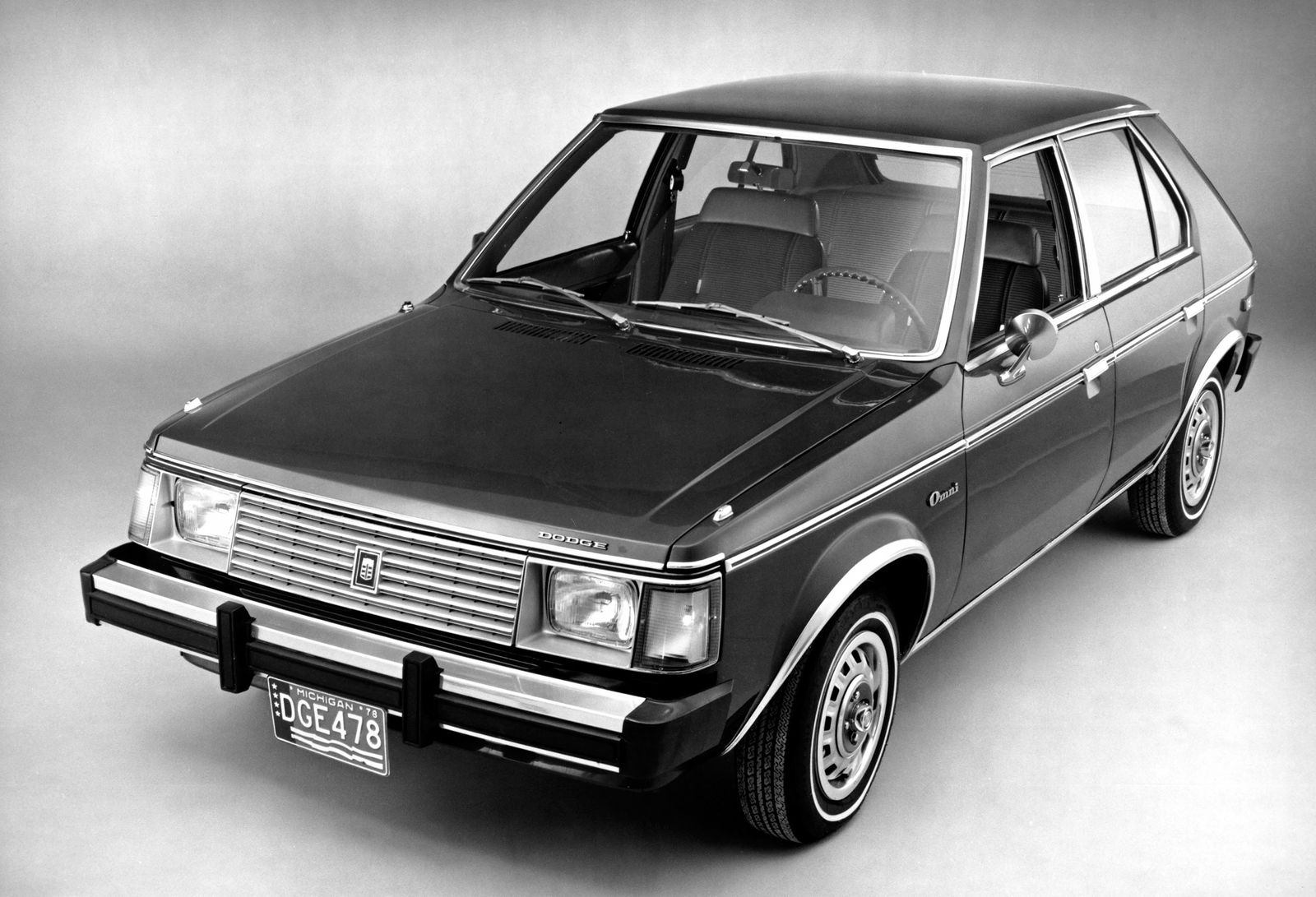
As the major American carmakers scrambled to build small, fuel-efficient cars in the aftermath of the oil crises of the 1970s, the Chrysler group used the Talbot Horizon hatchback being developed by its European division as a shortcut, tailoring it to the American market and launching it as the Dodge Omni.
What it wasn’t able to do at first was use the same range of four-cylinder engines found in the European car, so instead it turned to VW, borrowing the 1.7-litre engine from the recently-released Mk1 Golf (sold stateside as the Rabbit). This resulted in a strange situation where, for the first five years of its life, the Omni was powered by an engine taken from one of its main competitors.
Mercedes Vito
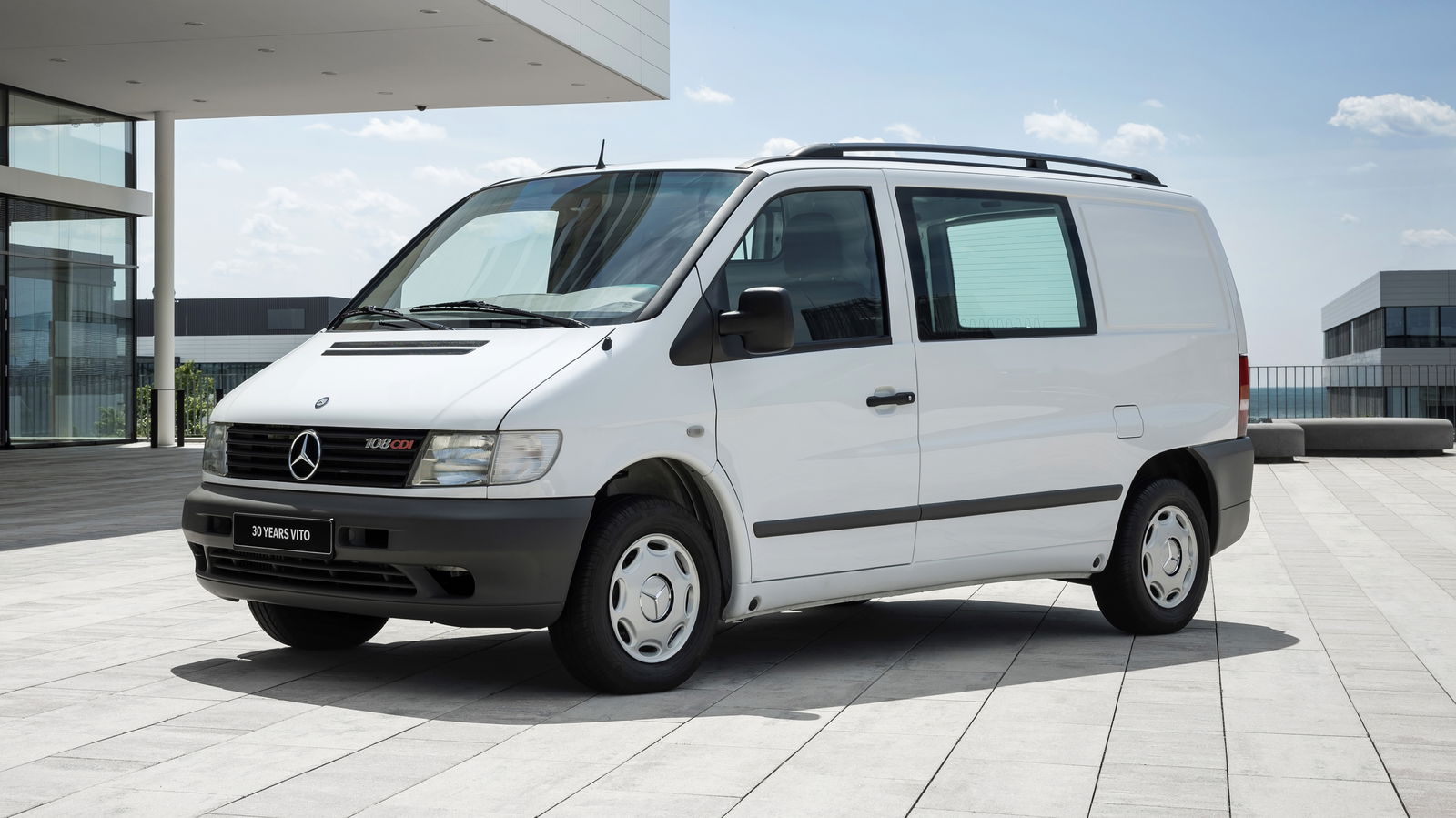
In need of a six-cylinder petrol engine for the first generation of its Vito van and people carrier, Mercedes negotiated the use of Volkswagen’s long-running VR6 engine, in the same 2.8-litre guise as found in US versions of the Corrado.
Merc may have tried to disguise it by giving it its own designation of ‘M104’, but this motor was Wolfsburg, not Stuttgart, through and through. It also found its way into the original version of the Ford Galaxy MPV, but since that was co-developed with VW from day one, it’s much less of a surprise.
Volvo 700 series
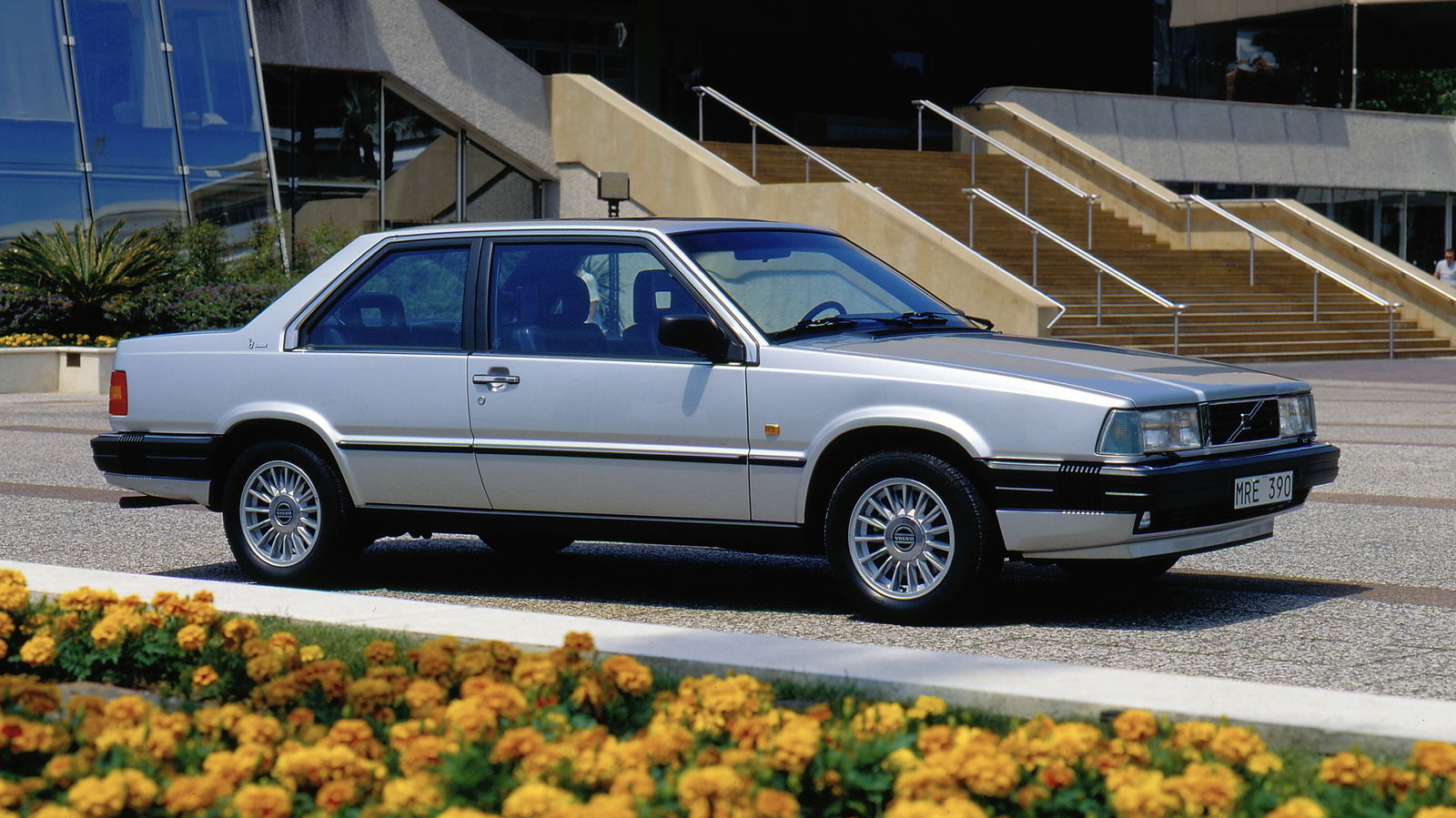
When Volvo first started putting diesel engines in its cars in the late ’70s, it went down the route of buying them in from VW rather than developing its own. Its motor of choice was the 2.4-litre six-cylinder D24 from the VW LT van, in both naturally aspirated and turbocharged form, and was first used in the 240 before being used right across the newer 700 series range of cars.
The arrangement lasted a surprisingly long time, with the five-cylinder diesels in the 850 and original V70 also coming from VW. Once Volvo was bought by Ford in 1999, though, it started building diesels of its own.
Chrysler Sebring Convertible
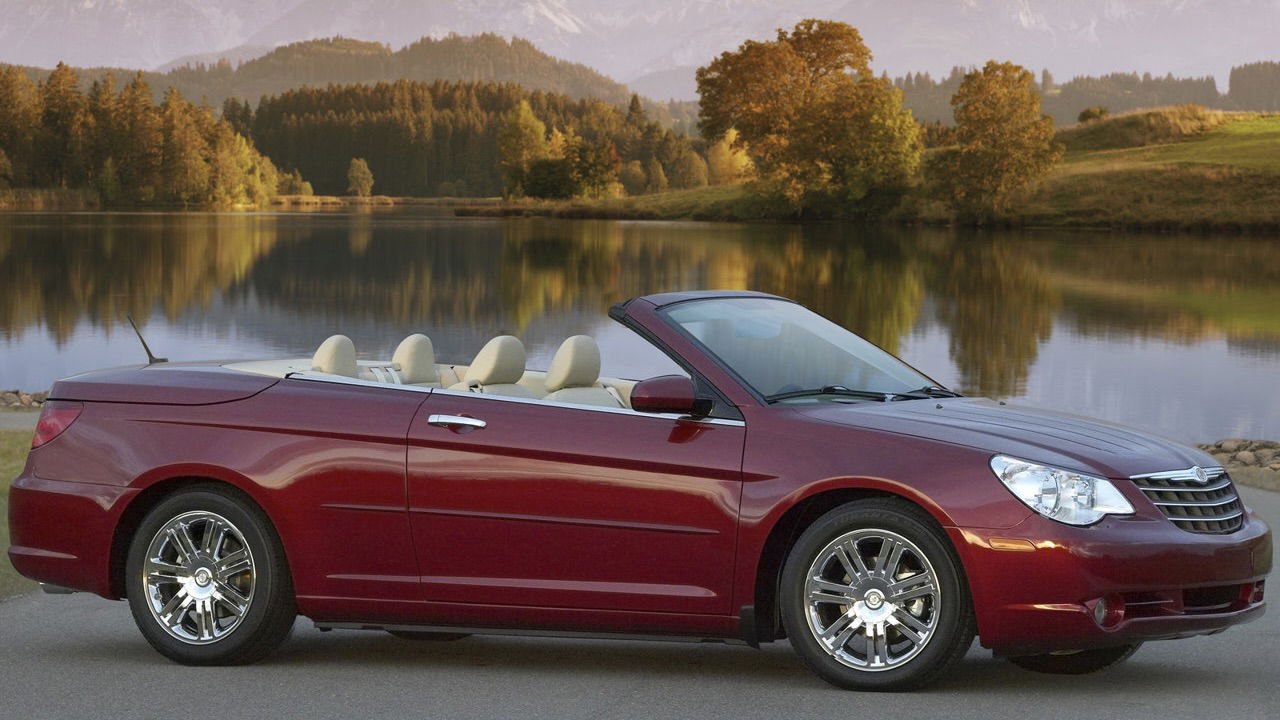
In the 2000s, Chrysler once again leaned on VW to supply an engine for a market it didn’t have a suitable one of its own for. This time, it was in the opposite direction to the Omni, as it needed something to satiate the diesel-hungry European market it was trying to crack with its range of all-American brands.
As a result, VW’s contemporary 2.0-litre turbodiesel found its way into a whole bunch of mediocre cars in Europe. We’ve highlighted the Chrysler Sebring Convertible purely because it’s perhaps the strangest of the lot to get a diesel, but the same engine was also found in the regular saloon version, as well as the Jeep Patriot and Compass and the Dodge Avenger, Caliber and Journey. Frankly, a VW engine was probably the only redeeming quality any of them had.
Mitsubishi Grandis
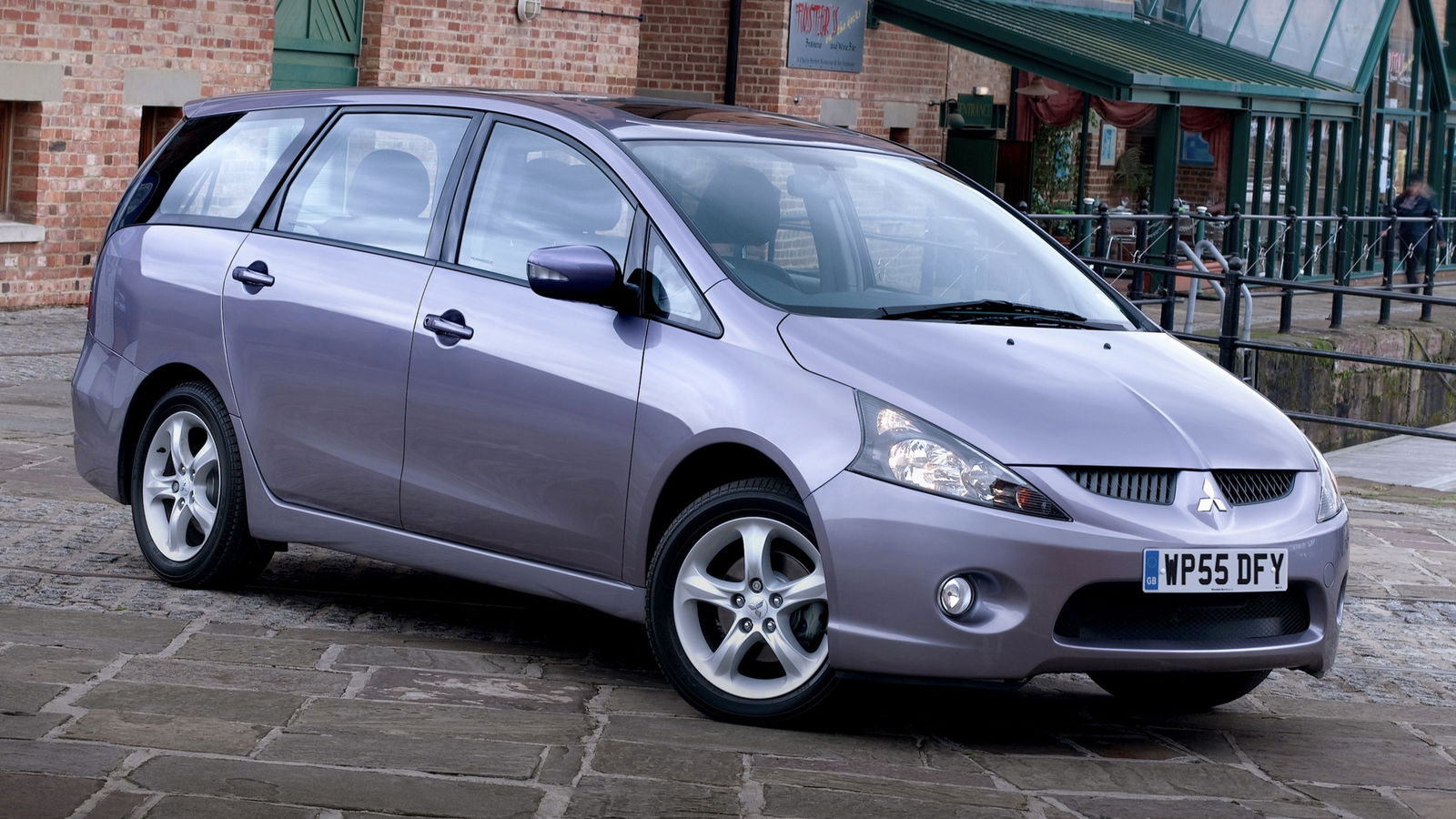
Chrysler wasn’t the only company to use VW’s noughties 2.0-litre TDI engine as a shortcut for the era’s oil-burner-obsessed Euro market. Mitsubishi did too, in both the forgotten but oddly handsome Grandis people carrier as well as early versions of the second-gen Outlander.
Incidentally, mainland Europe can now get a second-generation Grandis, and this too uses European engines, because it’s literally just a rebadged Renault Symbioz.
KTM X-Bow
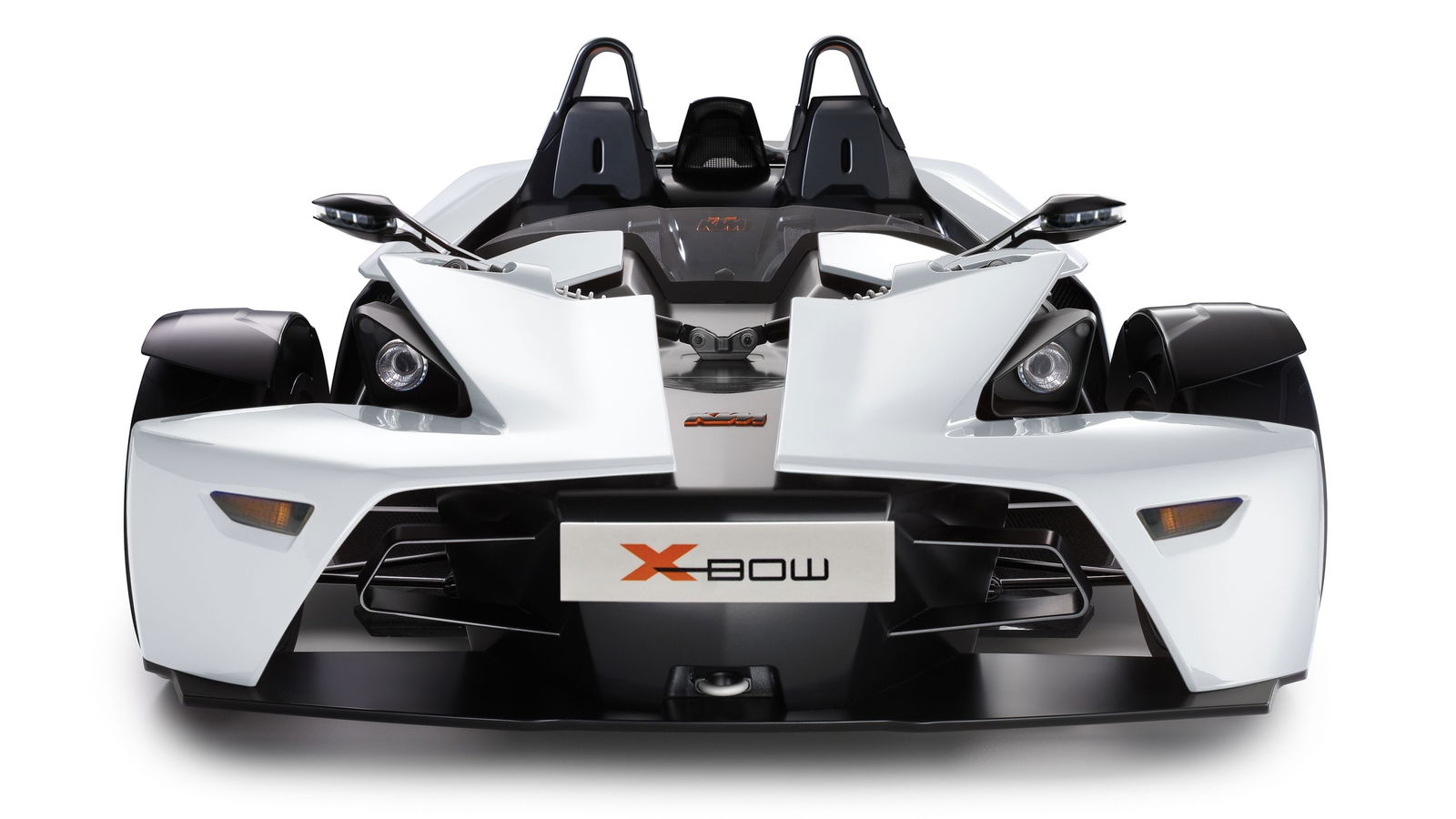
Ah, yes, this is a bit more like it, isn’t it? No forgettable people carriers or abysmal Floridian retiree convertibles here, just a super lightweight, stripped-out rival to the Caterham 7 and Ariel Atom made by the manufacturer of some of the best superbikes in the business.
Most versions of the X-Bow have used the 2.0-litre EA888 turbocharged four-pot that the VW Group’s been sticking in darn near everything it makes since 2008, while more extreme versions have borrowed Audi’s sensational 2.5-litre five-cylinder. With the rights to the X-Bow seemingly now sold off as the Austrian bikemaker tries to pull itself out of huge financial difficulties, it remains to be seen whether it’ll retain VW power in its next form.
Donkervoort D8
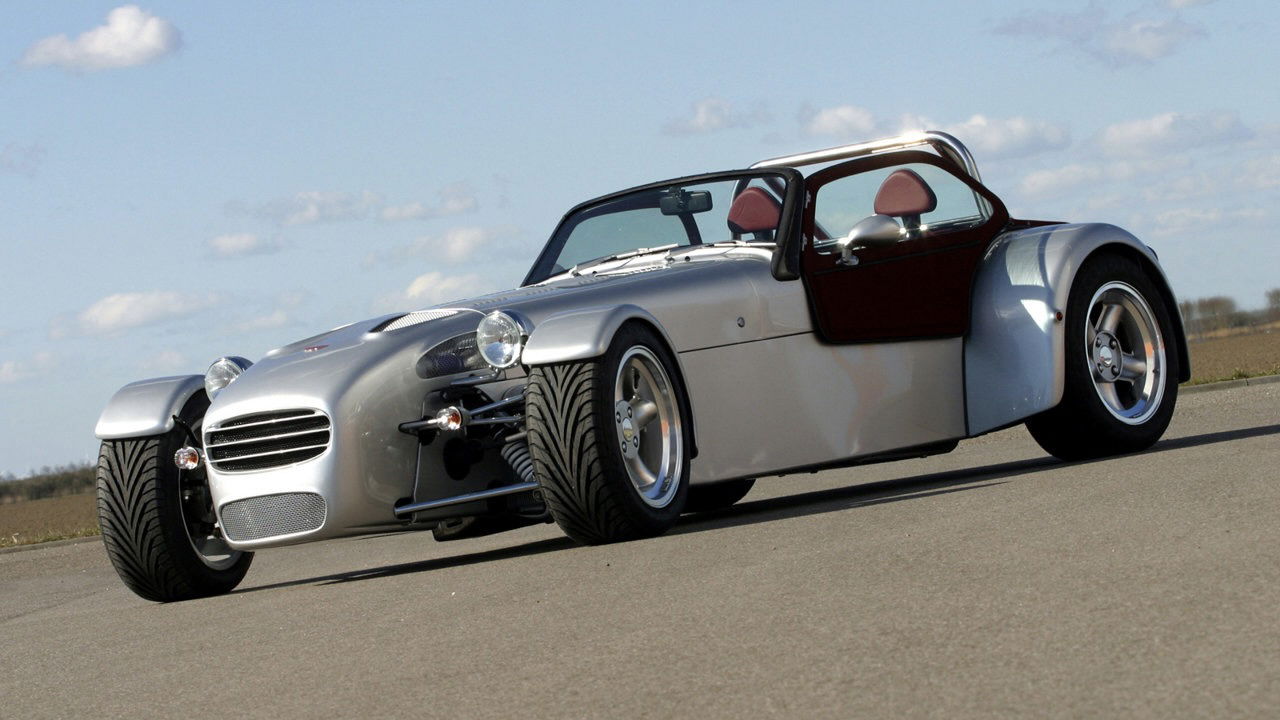
Prefer your lightweight sports cars front-engined and slightly less pronounceable? Dutch firm Donkervoort has long had you covered with its range of space-age Caterham-alikes, which started using the VW Group’s highly tunable 1.8-litre turbo four-pot in the late ’90s.
It too has since graduated to using the Audi turbo five-pot – and soon, another unspecified engine, as that powerplant reaches the end of its life – but for many years, the 1.8T was its bread and butter.
Trabant
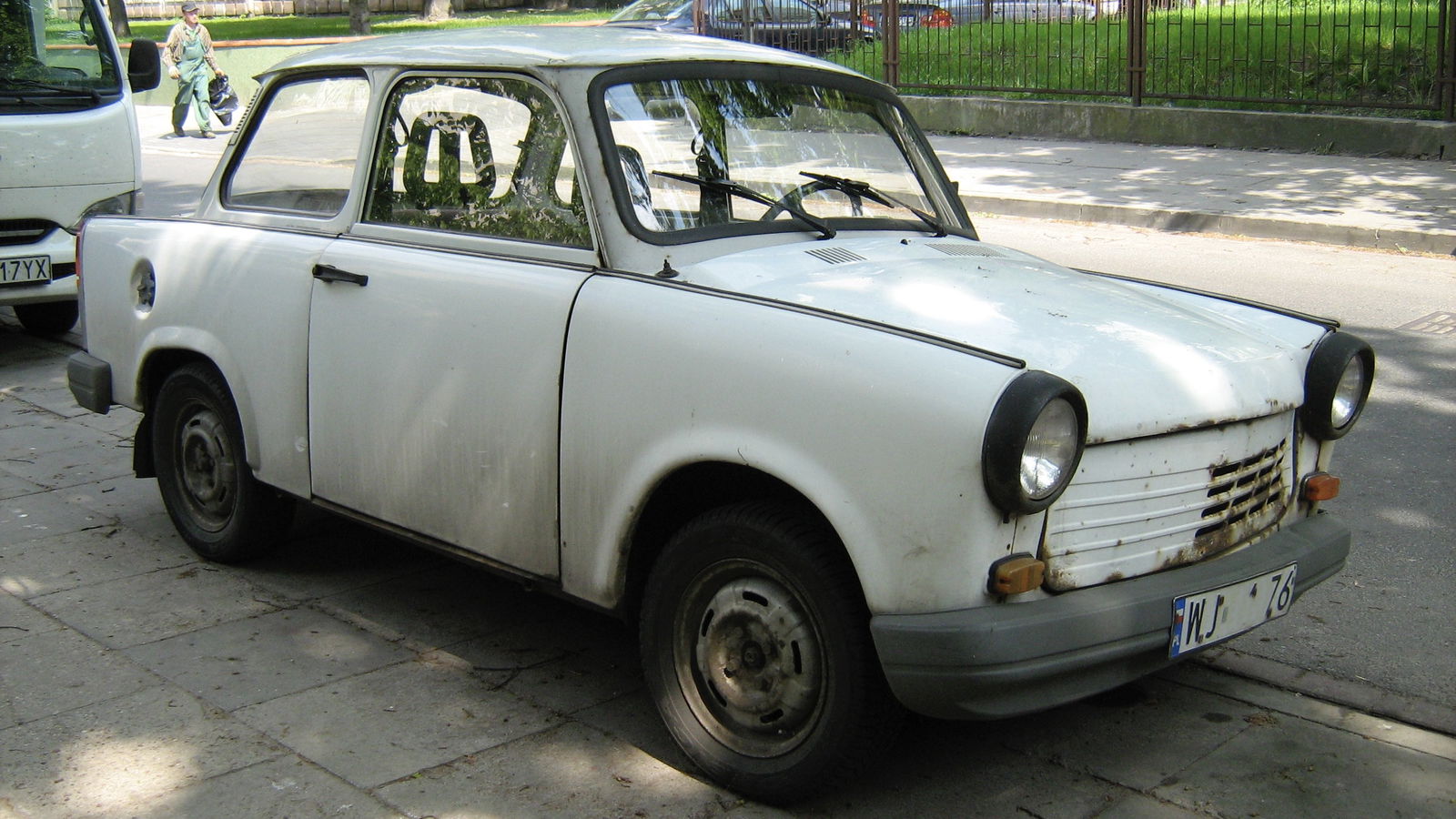
The East German Trabant – a car best known for having bodywork made with recycled cotton – was introduced in 1957, and for much of its life used locally-developed air-cooled two-stroke engines.
In the late 1980s, though, with the Trabant still in production and the fall of the Berlin Wall on the horizon, a deal was struck with VW to replace its stinky, smoky two-stroke with the 1.1-litre four-cylinder from the contemporary Polo. It would gain this engine only in 1990, when the wall had already fallen, and under a year later, the Trabant’s 34-year production run came to an end.
Jeep DJ
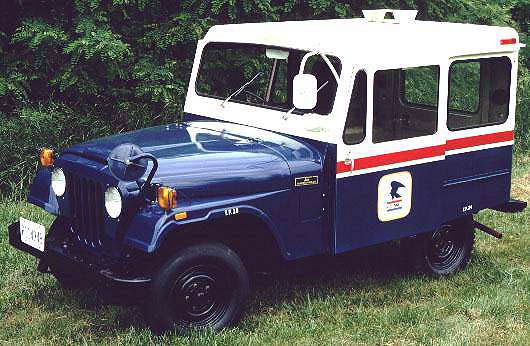
Here’s a curiosity. For a long time, Jeep built cars specifically for the US Postal Service. Known as the DJ, they had postie-specific quirks like sliding doors and right-hand drive, to make it easier for postal workers to pull up on the kerb and pop letters into those funny American postboxes you always see in films.
In the late 1970s, AMC – which owned Jeep at the time – struck a deal with Volkswagen to use the 2.0-litre four-cylinder engine found in the VW LT van and Audi 100 saloon. As well as several AMC-badged cars, the engine also found its way into the Jeep DJ. And yes, this was the infamous ‘van engine’ that also powered the original Porsche 924, so if you want to be a bit more original with your insults, you can deride the Porsche for having the engine from a postal Jeep instead.
Lola B2K/10
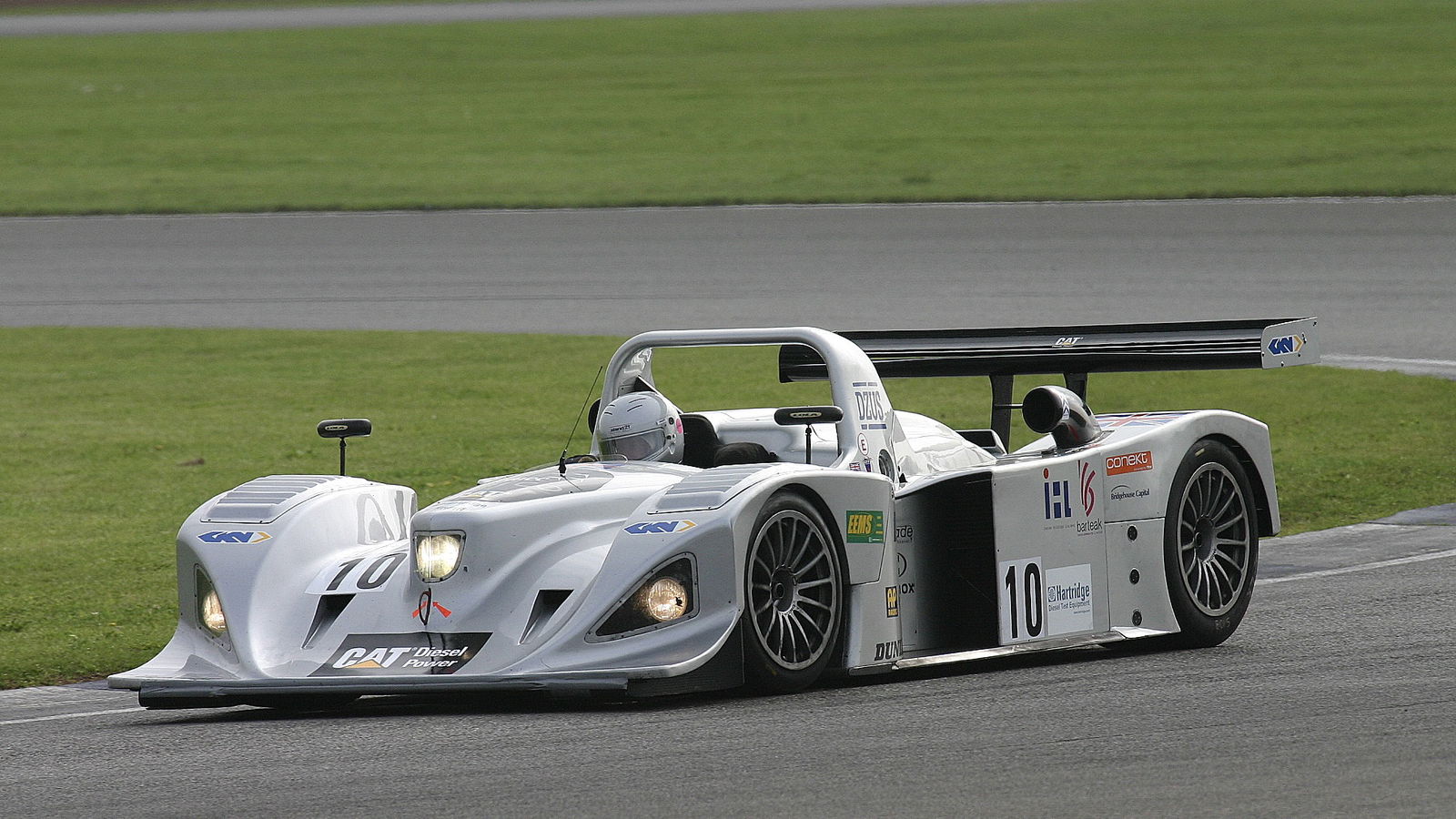
What do you suppose was the first car to race at Le Mans with a diesel engine? If you said the Audi R10 TDI, you’re wrong. If you said the Lola B2K/10, you’re also wrong, because a diesel actually first raced at Le Mans in 1949, but in 2004, the Taurus Sport-entered B2K/10 was an attempt to reintroduce the fuel to the race before Audi started really showing what it could do a couple of years later.
The engine of choice was VW’s entirely ridiculous 5.0-litre turbodiesel V10 that recently debuted in the Touareg and Phaeton. Even stranger, though, was that the engine was tuned by, and branded as, Caterpillar, the maker of enormous bulldozers, excavators and other stuff you’d find on a building site. In the race, the car retired on lap 35 with gearbox trouble, but it did help lay the groundwork for a period of diesel domination at Le Mans.
Image: Martin Lee, CC BY-SA 2.0
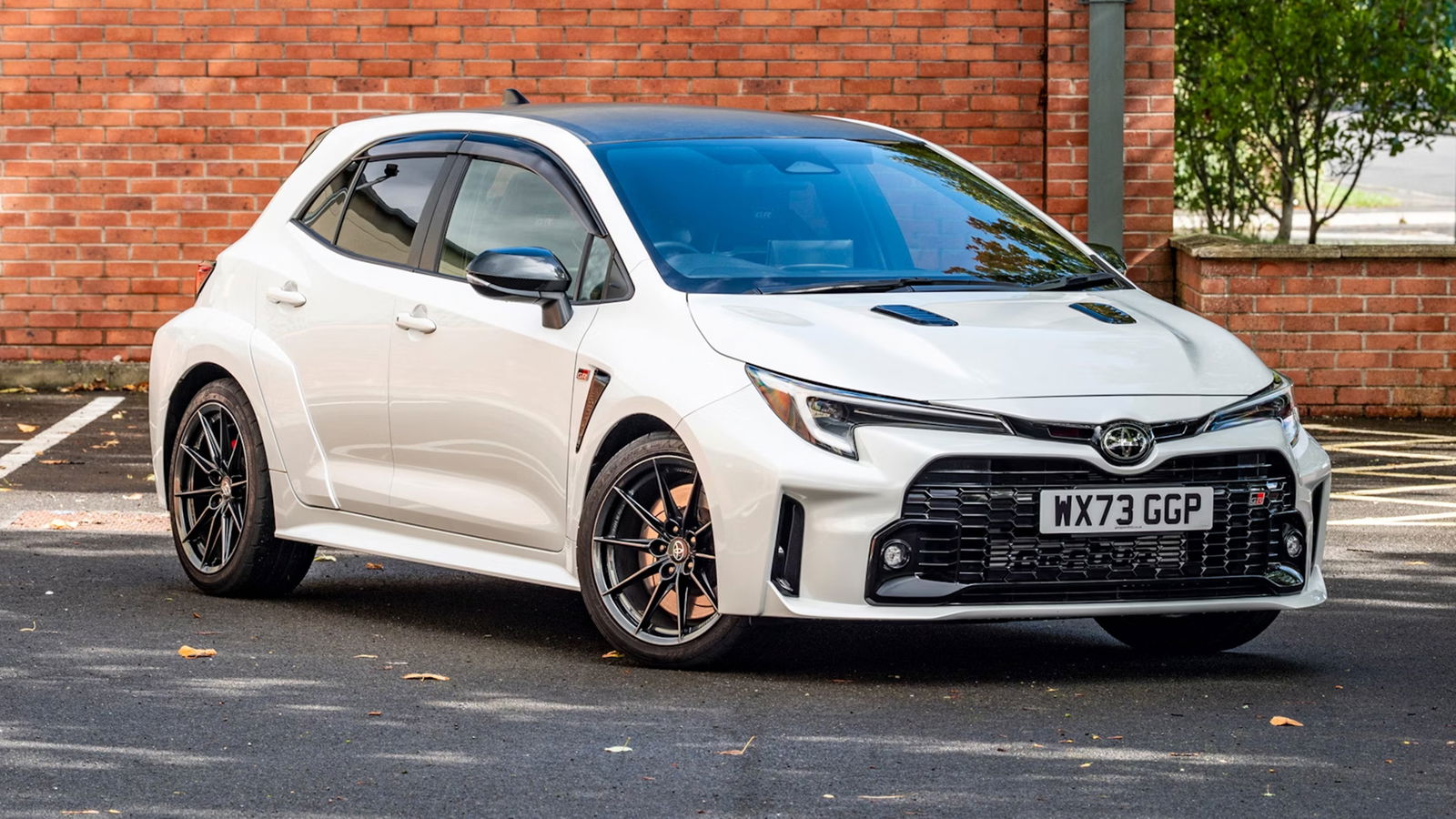
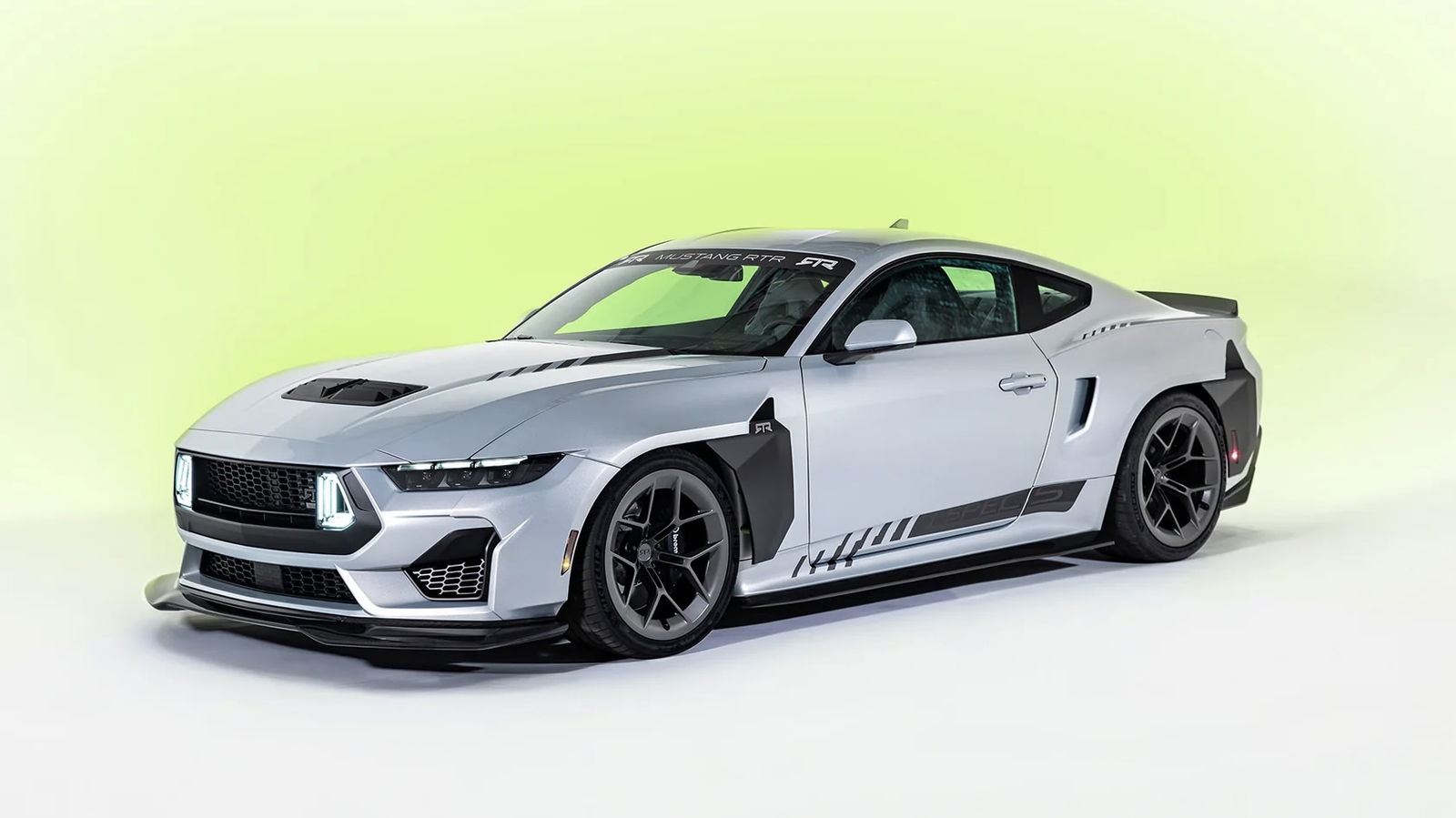

Comments